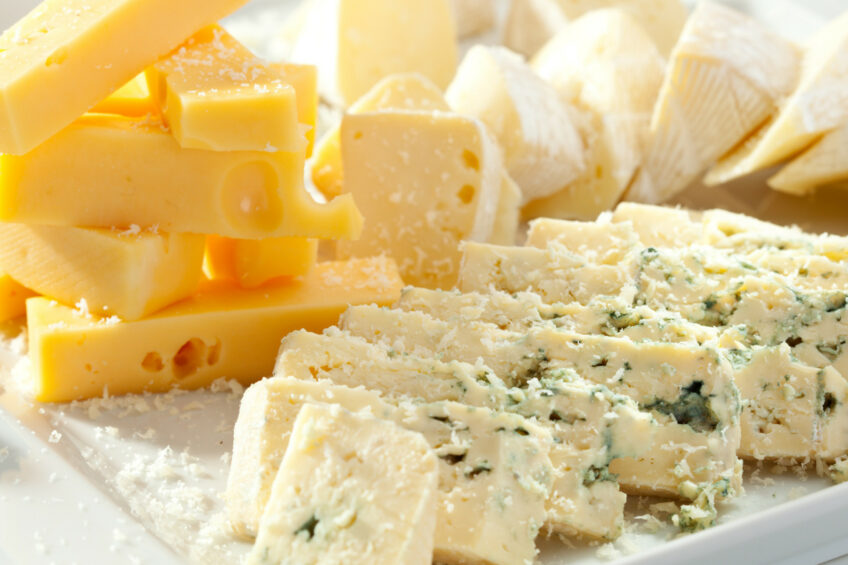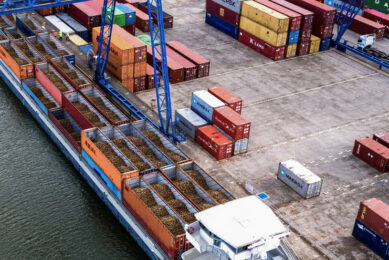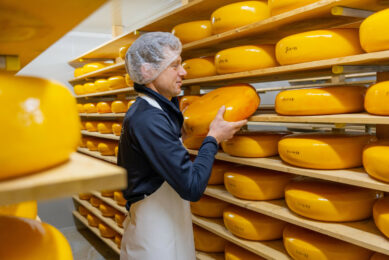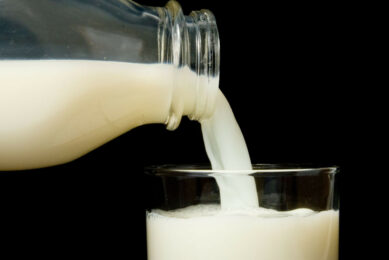5 EU policies influencing cow numbers and milk production

EU milk production in 2024 is forecast to fall from 149.3 million metric tonnes (mmt) in 2023 to 148.9 mmt, as policies influence the decline in cow numbers and milk production.
A USDA GAIN report presents the 2024 dairy products forecast and influential EU policies. With lower milk production in 2024, which will only be partially offset by lower expected fluid milk consumption, factory use consumption is also forecast to decrease by 0.3% in 2024. This requires dairy processors to carefully decide for which products they will use available milk.
Cheese production is forecast to remain the primary output goal of the EU dairy processing industry, supported by solid domestic consumption and continued strong export demand. EU-27 cheese production in 2024 is forecast to reach 10.62 mmt, up by 0.6% from 2023. This comes at the expense of the production of butter, non-fat dry milk, and whole milk powder, which is forecast to decrease in 2024 by 2.1%, 5.8% and 3.9%, respectively. Both cheese exports and domestic consumption are forecast to rise in 2024. After 3 years of declining cheese exports, EU exports rose in 2023 by 3.6% and are forecast to expand by 2.1%, reaching 1.4 mmt in 2024.
From a policy perspective, the EU dairy sector continues to have concerns connected to the implementation of the new Common Agricultural Policy (CAP) and the EU Green Deal initiatives, negatively weighing on farmers’ decisions to continue production. This report investigates some of the EU policies and their amendments as they are key factors influencing present and future dairy production and trade.
Influence of EU policy
1. The Common Agricultural Policy (CAP)
The new CAP for 2023-2027 was adopted on 2 December 2021 and published in the Official Journal on 6 December 2021. EU member states were requested to submit Strategic Plans, incorporating Member States’ specific goals and initiatives by the end of 2021. By December 2022, all national strategic plans were approved by the European Commission. The new CAP was implemented on 1 January 2023. CAP Strategic Plans contribute to climate action, the protection of natural resources, the preservation and enhancement of biodiversity, as well as strengthening the socio-economic fabric of rural areas, which has been contested in some EU countries through farmer protests as they believe the policy contributes to the decline in cow numbers.
In March 2024, following weeks of farmer protests across the EU demanding fewer administrative burdens and better prices, the EC published a legislative proposal to amend certain provisions of the CAP (EU Commission Proposes Common Agricultural Policy Revisions Following Farmer Protests).
2. The EU Green Deal
The EU livestock sector is specifically identified as critical for the EU to reach its greenhouse gas emission reduction targets. In line with that, the European Commission commissioned an external Study on Future of EU Livestock and its contribution to a sustainable agricultural sector, published in October 2020. The study assesses both the livestock’s negative and positive environmental impacts. In a policy paper published by Wageningen Economic Research, ‘The Green Deal: An Assessment of Impacts of the Farm to Fork and Biodiversity Strategies on the EU livestock sector’, the researchers concluded that achieving the EU’s Green Deal objectives may lead to a reduction of livestock production by 10-15%. On the other hand, in their research findings published in the Communications Earth and Environment journal, researchers concluded that the European Green Deal improves the sustainability of food systems but has uneven economic impacts on consumers and farmers.
3. Trade Policy – EU Free Trade Agreements
The EU is negotiating and has implemented several free trade agreements with other countries and regions, which include concessions on dairy.
On 1 May 2024, the EU’s free trade agreement with New Zealand entered into force. The EU opened a tariff-rate quota (TRQ) of 15,000 mt for non-fat dry milk at 20% duty; a new butter TRQ for 15,000 mt at 5% duty (on top of the existing 47,177 mt WTO butter TRQ, for which 21,000 mt will also see the duty gradually reduced to 5%); a 25,000 mt duty-free TRQ for cheese (on top of the existing WTO TRQ for 6,031 mt, for which the duty will gradually also be eliminated); and a 3,500 mt TRQ for high protein whey at zero duty.
In April 2018, the EU concluded an agreement in principle with Mexico. After its ratification, the agreement will offer free access to EU blue cheese, with further TRQs of 5,000 mt for fresh and processed cheese and 20,000 mt for other cheeses. On 28 June 2019, the EU reached a trade agreement in principle with the 4 member countries of Mercosur (Argentina, Brazil, Paraguay, and Uruguay).
4. EU policy response to the war in Ukraine
On 3 June 2022, in response to Russia’s invasion of Ukraine, the EU adopted the Autonomous Trade Measures Regulation (ATM) (EU regulation 2022/870) allowing for temporary trade liberalisation for certain Ukrainian products for one year. After the expiration of the ATM, quota and tariff-free access to the EU market was twice extended to Ukraine for another year, with the most recent extension applied until 5 June 2025. Reports show that changes to this policy might influence feed prices and availability in the EU.
5. New EU animal welfare legislative roadmap
On 7 December 2023, the EC put forward a proposal for revision of the EU animal welfare legislation, which seeks to contribute to sustainable agricultural and food production by ensuring a higher level of animal welfare, and avoiding distortions on the internal market, thereby contributing to a shift towards an economically, environmentally, and socially sustainable food system, as set out in the Farm to Fork strategy.
With recent perspectives on consumer preferences for products based on high standards of animal welfare, amendments to this regulation are expected to favour improvements in the consumption of dairy products. Similarly, the improvements of several EU policies play a crucial role in the future production and trade of milk products.
Join 13,000+ subscribers
Subscribe to our newsletter to stay updated about all the need-to-know content in the dairy sector, two times a week.










